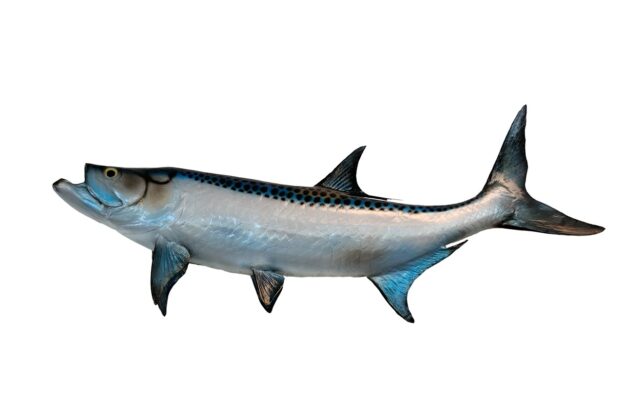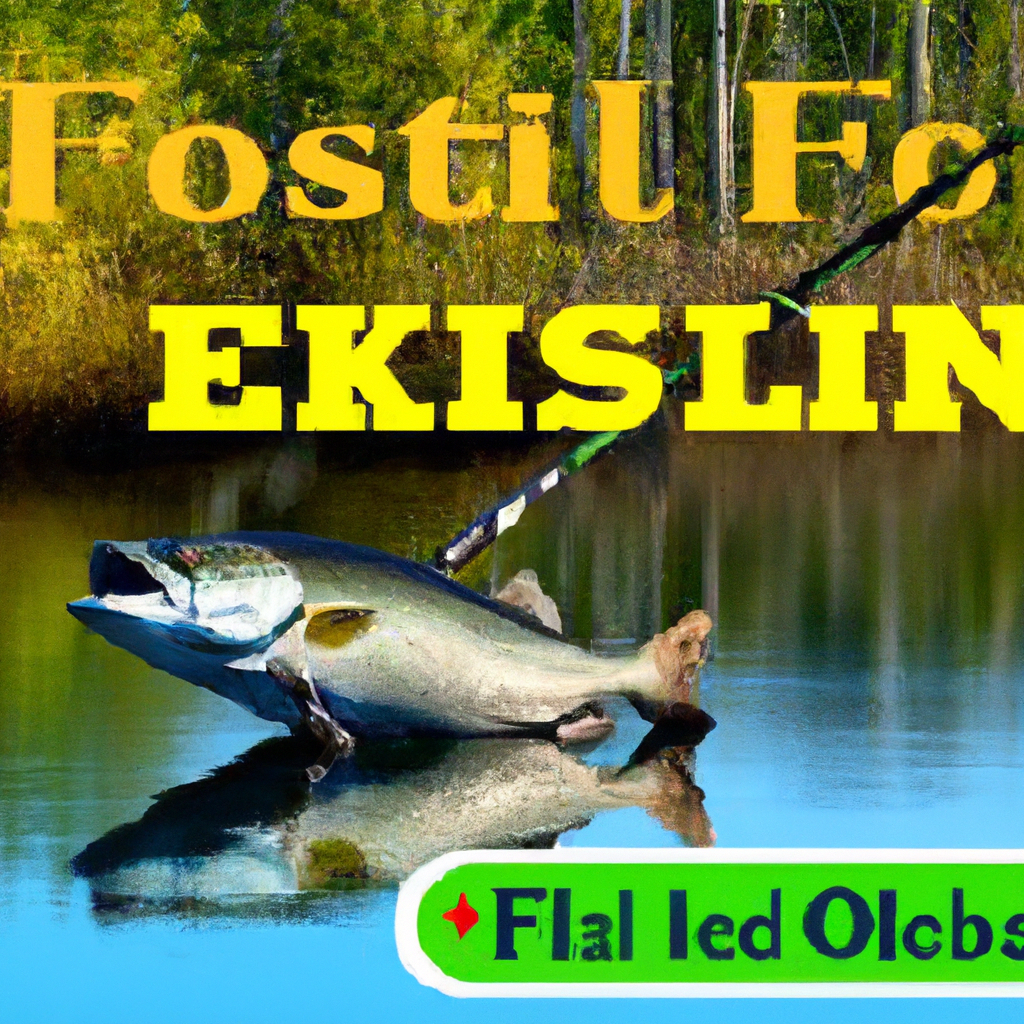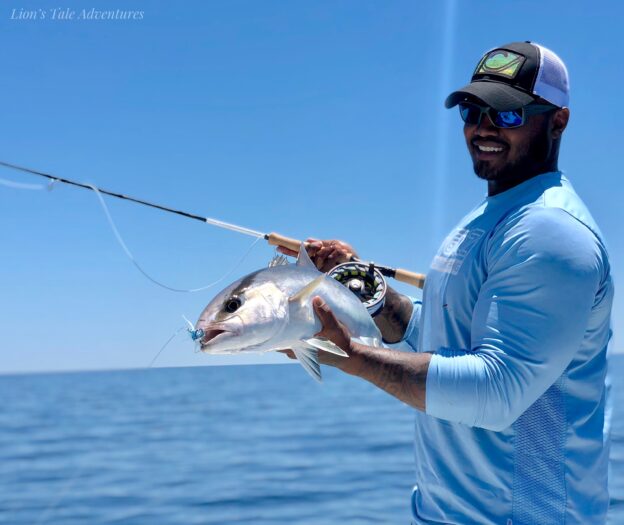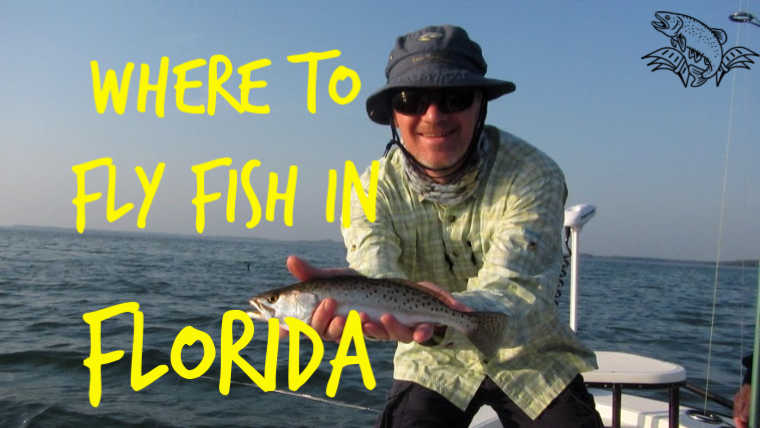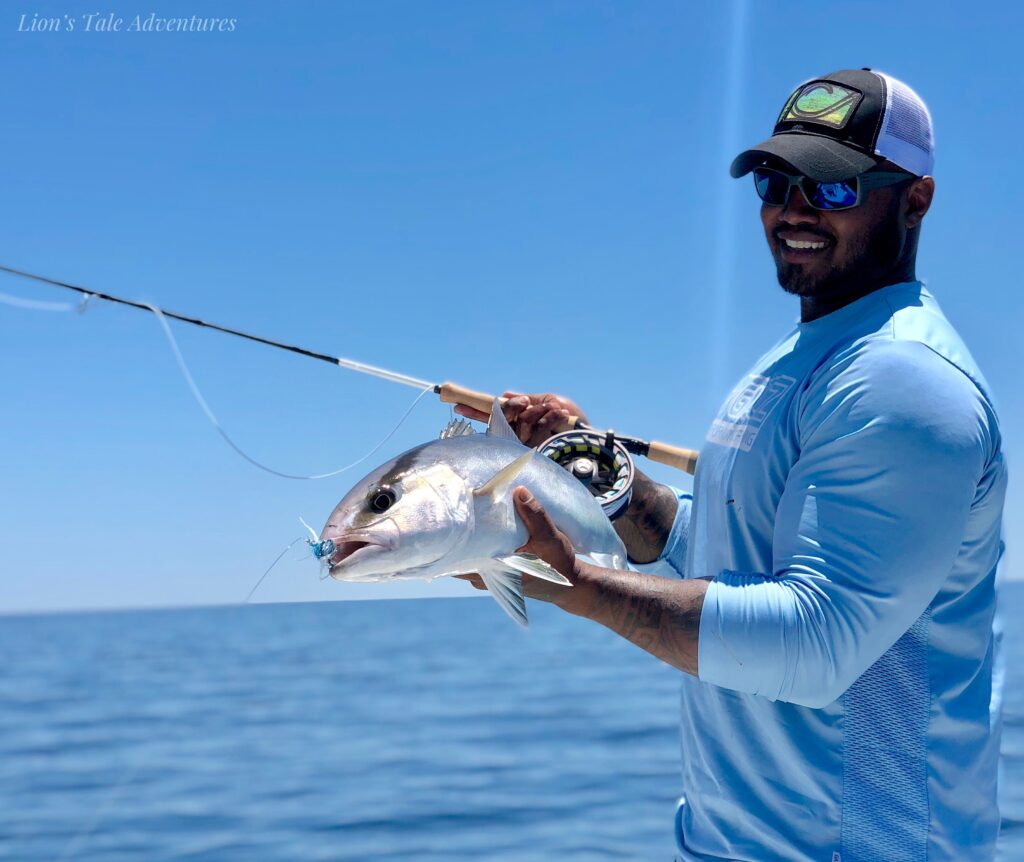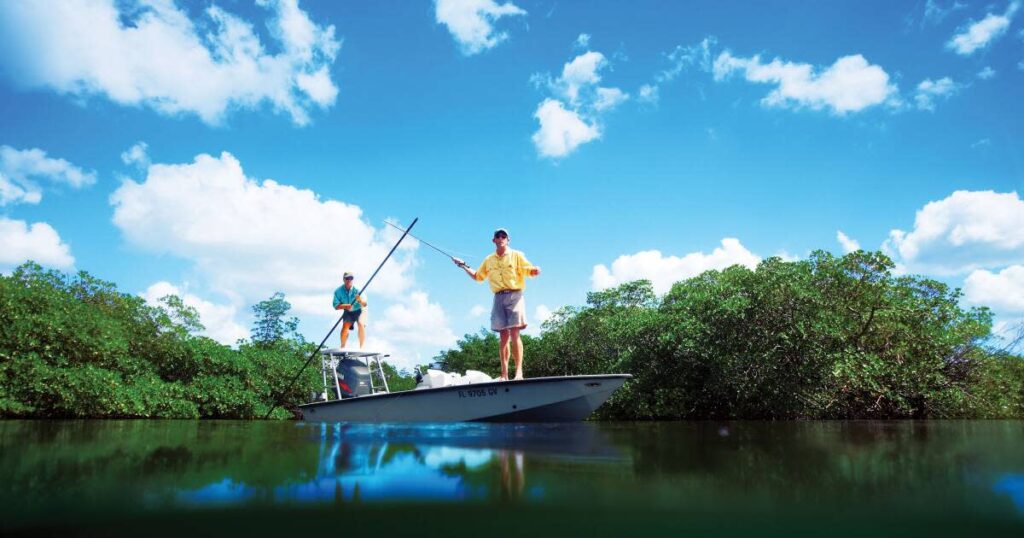Imagine yourself out on the open water, the sun shining overhead and the gentle waves rocking your boat. As a solo fisher, you value your independence and the freedom to explore the vast expanse of the ocean. But have you ever wondered what the largest raft is that you could use comfortably? In this article, we will explore the various factors that come into play when determining the ideal size of a raft for a solo fisher, taking into account stability, maneuverability, and of course, your personal comfort. So grab your fishing gear and let’s set sail on this exciting adventure to find the perfect raft for you!

Factors to Consider
When choosing a fishing raft for solo fishing adventures, there are several factors you should consider to ensure the best experience on the water. These factors include safety, stability, portability, durability, comfort, and storage capacity. By taking these factors into account, you can select a fishing raft that meets your specific needs and requirements.
Safety
Safety should always be a top priority when out on the water. Look for fishing rafts that are designed with safety features such as multiple air chambers to prevent sinking in case of a puncture, sturdy construction materials, and built-in safety handles. Additionally, it is important to always wear a life jacket when using a fishing raft, regardless of your swimming abilities.
Stability
Stability is crucial for solo fishing, as it ensures you can cast your line without worrying about tipping over. Look for fishing rafts with a wide base and a low center of gravity, as these features provide excellent stability. Pontoon boats and inflatable rafts tend to offer superior stability compared to canoes and kayaks.
Portability
If you plan on traveling to various fishing locations, portability becomes an important consideration. Inflatable rafts, fishing kayaks, and canoes are typically more portable than pontoon boats, as they can be easily deflated, folded, and transported in a backpack or a car trunk. Consider the weight and ease of transportation when selecting a fishing raft.
Durability
Durability is essential to ensure your fishing raft can withstand the rigors of fishing trips. Look for rafts that are made from high-quality materials, such as reinforced PVC or durable nylon, which can handle rough waters, potential scrapes against rocks or underwater obstacles, and prolonged exposure to the elements.
Comfort
Fishing trips can last for several hours, so it is important to prioritize comfort. Look for fishing rafts with comfortable seating options, ample legroom, and back support. Adjustable seating positions are also desirable, as they allow you to find the most comfortable position while fishing.
Storage Capacity
Consider the amount of gear and equipment you typically bring on fishing trips. Opt for a fishing raft with sufficient storage capacity to accommodate all your necessities, such as fishing rods, tackle boxes, coolers, and personal belongings. Some rafts come with built-in storage compartments or attachment points for additional gear.
Types of Fishing Rafts
There are several types of fishing rafts available, each with its own advantages and considerations. The most common types include inflatable rafts, pontoon boats, fishing kayaks, and canoes. Understanding the features and characteristics of each type will help you make an informed decision.
Inflatable Rafts
Inflatable rafts are a popular choice for solo fishing due to their portability and versatility. They are typically constructed with durable materials and inflated to create a stable and buoyant platform. Inflatable rafts can accommodate one or multiple passengers and offer ample storage space for fishing equipment.
Pontoon Boats
Pontoon boats are another excellent option for solo fishing. They consist of two inflatable pontoons connected by a frame, providing exceptional stability and weight capacity. Pontoon boats often feature comfortable seating, rod holders, and storage compartments. They are particularly suitable for fishing in lakes and slow-moving rivers.
Fishing Kayaks
Fishing kayaks are compact and maneuverable, making them ideal for solo fishermen who seek versatility. They are designed with specialized features for fishing, such as built-in rod holders, storage compartments, and comfortable seating. Fishing kayaks can handle various water conditions, including calm lakes, rivers, and even coastal areas.
Canoes
Canoes have a long-standing history in the world of fishing and offer a traditional and nostalgic fishing experience. Canoes provide ample space for gear and can comfortably accommodate one or more fishermen. While they require more skill and balance to paddle than other options, canoes are versatile and can be used in various fishing environments.
Recommended Size and Specs
Choosing the right size and specifications for your fishing raft is crucial to ensure optimal performance and comfort on the water. Consider the following factors when assessing the size and specifications of different fishing rafts.
Length
The length of a fishing raft affects its maneuverability, speed, and weight capacity. Longer rafts generally offer better tracking and stability, while shorter rafts are more maneuverable in tight spaces. For solo fishing, rafts between 8 to 12 feet in length are typically recommended.
Width
The width of a fishing raft is closely related to its stability. Wider rafts provide better stability and weight capacity, but they can be slower and harder to maneuver. Aim for a raft with a width of around 4 to 5 feet, as this provides a good balance between stability and maneuverability for solo fishing.
Weight Capacity
Consider your weight, plus the weight of your fishing gear and any additional equipment or supplies you plan to bring along. Ensure that the fishing raft you choose has a weight capacity that comfortably accommodates your needs. It’s better to choose a raft with a slightly higher weight capacity to ensure stability and safety.
Seating
Look for a fishing raft with comfortable and adjustable seating options to support your back and allow for prolonged fishing sessions. Some rafts offer swivel seats, which enable you to easily change your position and cast from different angles. Ensure that the seating is ergonomically designed for maximum comfort.
Flooring
The flooring of a fishing raft should provide a stable and slip-resistant surface. Some rafts feature inflatable or rigid floors, while others have removable or non-slip deck materials. Consider your preferences and the type of fishing you plan to do when choosing the flooring option that best suits your needs.
Oarlocks and Anchoring System
If you prefer rowing instead of using a motor, ensure that the fishing raft has reliable oarlocks or oarlock mounts. This allows you to row efficiently and comfortably. Additionally, consider the raft’s anchoring system, as a secure anchor is crucial for maintaining your position in flowing water or windy conditions.

Factors Impacting Size Choice
Various factors can impact your choice of fishing raft size. Consider the following factors to help determine the size that best suits your needs.
Fishing Location
Different fishing locations require different sizes of fishing rafts. If you primarily fish in narrow rivers or small lakes, a smaller raft would be more appropriate for maneuverability. However, if you plan to fish in large open waters or coastal areas, a larger raft may be necessary for stability and to handle potential rough conditions.
Gear and Equipment
The amount and size of fishing gear and equipment you typically bring with you will impact the size of the fishing raft you require. Consider the dimensions and weight of your fishing rods, tackle boxes, coolers, and any other items you plan to bring. Ensure that the raft you choose has sufficient space and weight capacity to accommodate all your gear comfortably.
Fishing Techniques
Different fishing techniques may require specific raft sizes. For example, if you prefer fly fishing or casting long distances, a longer and narrower raft may be beneficial. On the other hand, if you enjoy bait fishing or trolling, a wider and more stable raft may be a better choice. Consider your preferred fishing techniques when determining the ideal size of your fishing raft.
Solo Fisherman’s Physical Abilities
Your physical abilities can impact the size of fishing raft you can handle comfortably. If you have limited strength or mobility, opting for a smaller, lighter raft may be more manageable. However, if you are physically fit and able to handle larger rafts, you may prioritize size and stability over ease of transportation.
Expert Recommendations
When it comes to choosing the best solo fishing raft, it can be helpful to consider expert recommendations. Experts and experienced fishermen can provide insights into different raft brands, popular models, customer reviews, as well as highlight special features and innovations.
Solo Fishing Raft Brands
Some well-known brands in the fishing raft industry that cater to solo fishermen include Outcast, NRS, Classic Accessories, and Sea Eagle. These brands are known for producing high-quality rafts with a focus on durability, comfort, and performance.
Popular Models
Within each brand, there are popular models that have gained recognition and positive feedback from solo fishermen. Some popular models include the Outcast Fish Cat 4 Deluxe, the NRS Outlaw I, the Classic Accessories Colorado XT, and the Sea Eagle 285 Frameless Pontoon Boat. These models have been praised for their stability, durability, and fishing-specific features.
Customer Reviews
Reading customer reviews can provide valuable firsthand experiences and insights into the performance and satisfaction of different fishing rafts. Look for patterns in the reviews, paying attention to factors such as ease of use, comfort, stability, and durability. Consider both positive and negative reviews to gather a well-rounded perspective.
Special Features and Innovations
Some fishing rafts come with special features and innovations designed to enhance the fishing experience. These may include built-in rod holders, attachment points for additional accessories, integrated anchors, storage compartments, and even motor mounts. Assessing the specific features offered by different rafts can help you choose the one that best suits your needs and preferences.
Safety Considerations
Safety should always be a top priority when engaging in any water activity, including solo fishing on a raft. Consider the following safety considerations for a safe and enjoyable fishing experience.
Life Jackets
Wearing a properly fitted life jacket is essential for your safety while fishing on a raft, regardless of your swimming abilities. Ensure that the life jacket is approved by the appropriate authorities and designed for water activities. It should provide sufficient buoyancy and allow unrestricted movement.
Emergency Equipment
Carry essential emergency equipment, including a whistle or signaling device, a waterproof flashlight, and a basic first aid kit. These items can prove invaluable in the event of an emergency or unforeseen circumstances. Also, consider carrying a waterproof phone case to protect your phone in case of accidental submersion.
Tips for Solo Fishing on a Raft
Once you have selected your fishing raft, here are some tips to enhance your solo fishing experience.
Proper Gear Organization
Efficiently organize your fishing gear to optimize the limited space on the raft. Use gear bags or organizers to keep items easily accessible and secure on the raft. Consider using rod holders, tackle organizers, and waterproof bags or cases for electronics and personal items.
Casting Techniques
Practice your casting techniques to minimize the chances of getting your line tangled or caught on the raft. Ensure that you have enough clearance around you before casting and familiarize yourself with the raft’s layout to gauge the best casting positions.
Navigating Waters
Be aware of the currents, tides, and wind conditions of the fishing location. This knowledge will help you navigate the waters more effectively and maintain control of your raft. Avoid areas with strong currents, excessive wind speeds, or hazardous submerged objects.
Anchoring Your Raft
When you find a fishing spot, properly anchor your raft to maintain your position. Use a reliable anchor system suited for the specific water conditions. Make sure the anchor line is securely attached to the raft and that you have plenty of rope to reach the bottom.
Fish Handling and Catch Release
Handle fish with care to minimize stress and potential harm. Use a landing net to safely bring fish on board and handle them gently to prevent injury. If practicing catch-and-release, use proper techniques and tools to release the fish safely and ensure its survival.
Maintenance and Storage
Proper maintenance and storage of your fishing raft are essential for its longevity. Consider the following tips to keep your raft in optimal condition.
Cleaning and Maintenance
After each fishing trip, rinse your raft with freshwater to remove any salt, debris, or contaminants. Pay attention to the valves, seams, and attachments, as these areas are more prone to damage. Inspect your raft regularly for leaks or any signs of wear and promptly repair or replace damaged parts.
Storage Options
Store your fishing raft in a dry and well-ventilated area to prevent mold and mildew growth. If possible, hang the raft or store it on a raised surface to alleviate pressure on the fabric. Avoid storing the raft in direct sunlight for extended periods, as UV exposure can degrade the material.
Cost and Budgeting
The cost of a fishing raft can vary depending on various factors, including size, materials, brand, and included features. Consider the following information for effective budgeting.
Price Range
Fishing rafts can range in price from a few hundred dollars for more basic models to several thousand dollars for high-end, feature-rich options. Set a budget that aligns with your needs and priorities to ensure a suitable fishing raft without breaking the bank.
Affordable Options
If budget is a concern, there are affordable options available that offer decent performance. Consider entry-level fishing rafts from reputable brands, which often provide good value for money. Alternatively, look out for sales or consider purchasing a used fishing raft in good condition.
Long-term Investment
View your fishing raft as a long-term investment in your fishing hobby. Balance your budget constraints with the quality and durability of the fishing raft. It may be worthwhile to invest in a higher-quality raft that will last longer and provide better performance and comfort.
Final Tips and Recommendations
Before making your final decision on a fishing raft, consider the following tips and recommendations to ensure you find the perfect match for your needs.
Try Before You Buy
Whenever possible, try out different fishing raft models before making a purchase. Attend fishing expos, visit outdoor stores, or borrow rafts from friends to get a feel for different options. Testing different rafts will help you determine which one suits your preferences and needs the best.
Research and Compare
Do thorough research on the different fishing raft models, brands, and features available in the market. Compare specifications, customer reviews, and expert recommendations to gather as much information as possible. This will assist you in making an informed decision and finding the most suitable fishing raft.
Consider Accessories
Keep in mind the accessories and additional gear that may enhance your fishing experience. Common accessories include rod holders, fish finders, trolling motors, anchor systems, and gear bags. Consider the compatibility of these accessories with the fishing raft you are considering and plan your budget accordingly.
Join Fishing Communities
Engaging with fishing communities, both online and offline, can provide valuable insights and advice. Join fishing forums, social media groups, and local fishing clubs to connect with experienced fishermen who can share their knowledge and offer valuable tips and recommendations.
By considering the factors mentioned, selecting the right type and size of fishing raft, ensuring safety, and following expert recommendations, you can enjoy countless hours of solo fishing adventures in comfort and style. With proper maintenance and some basic fishing skills, your fishing raft will become an invaluable companion on your fishing expeditions. Happy fishing!

